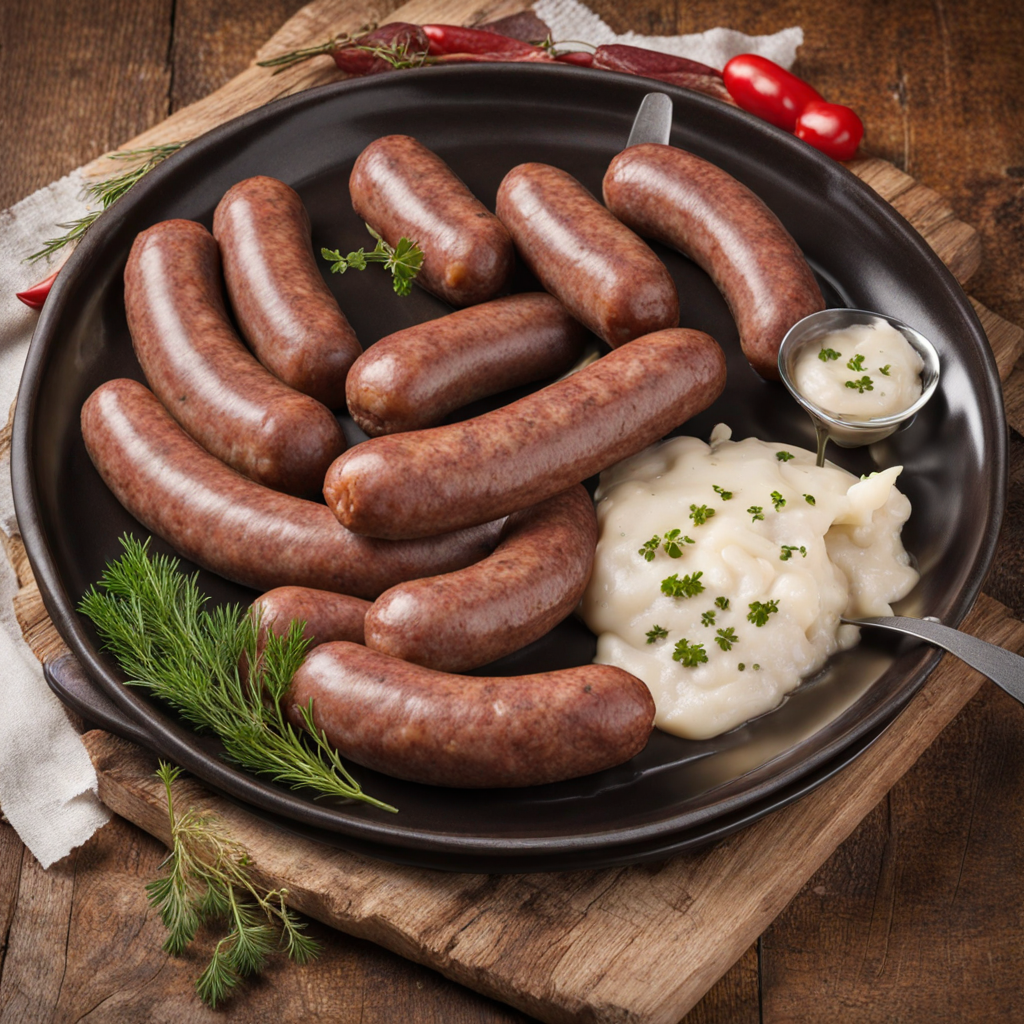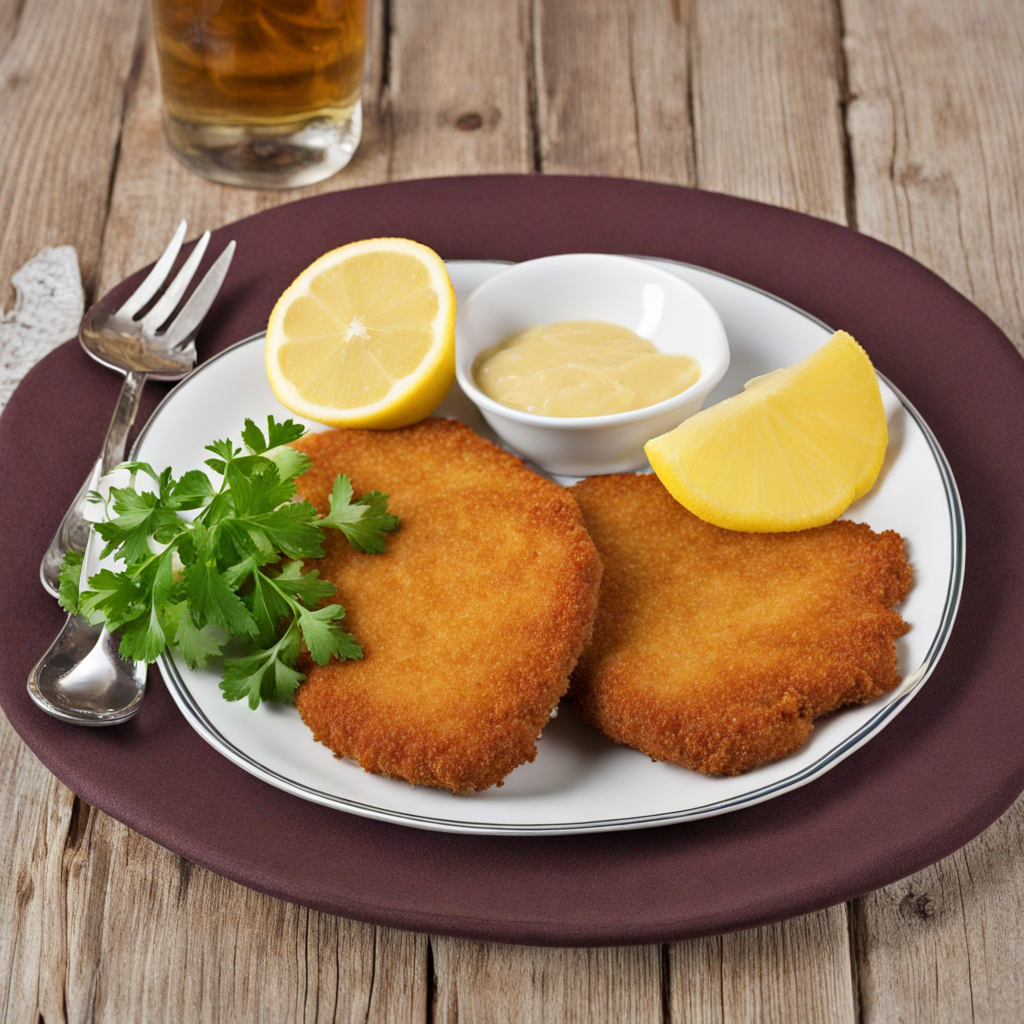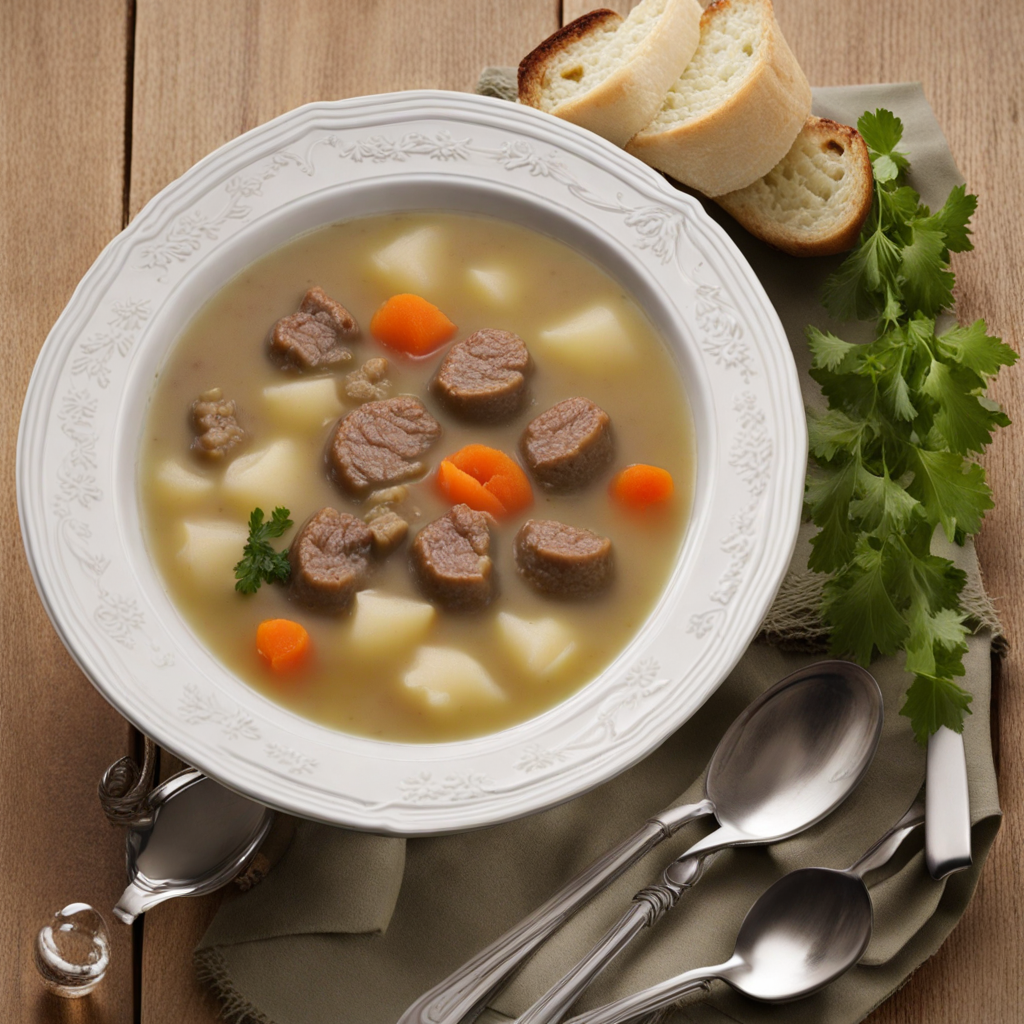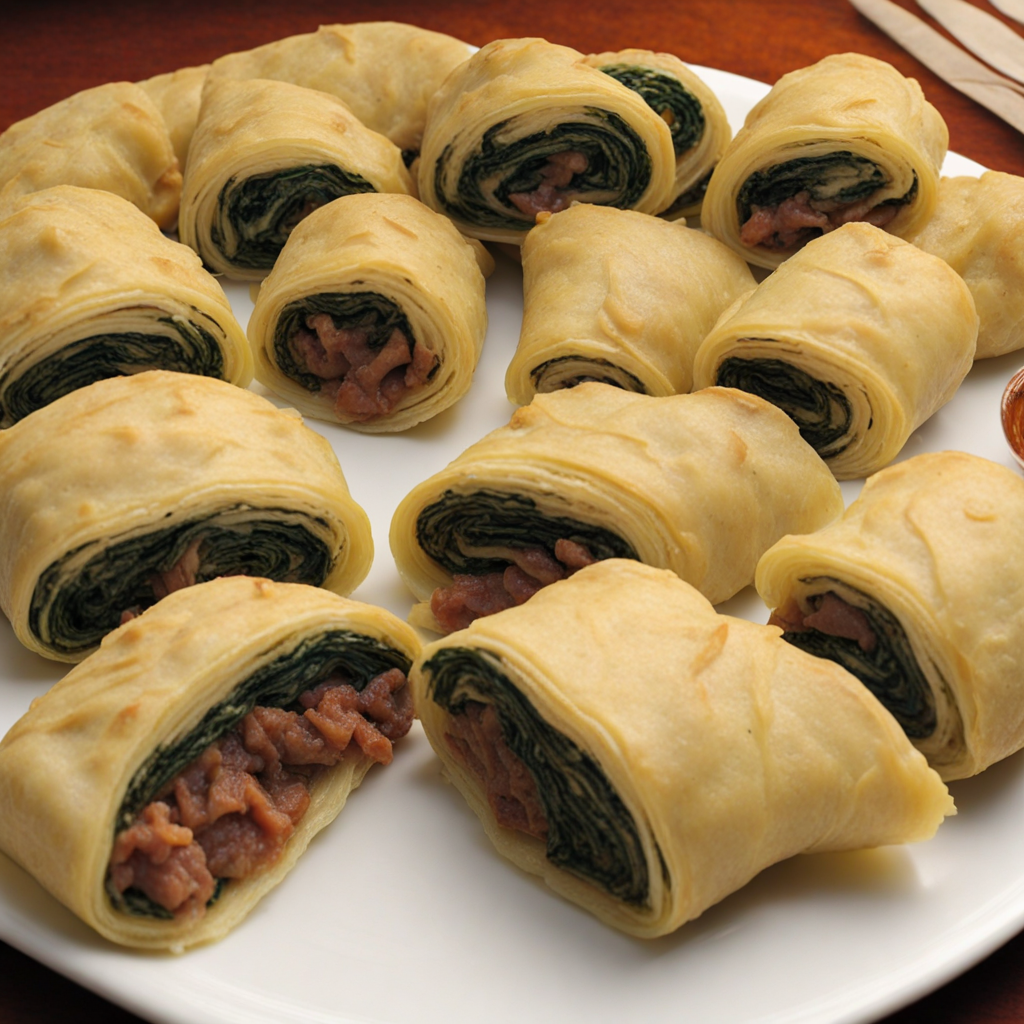Rebhüsla
Rebhüsla is a traditional dish from Liechtenstein that showcases the rich culinary heritage of this small Alpine nation. It primarily features tender pieces of rabbit, which are marinated in a blend of aromatic herbs and spices that reflect the local flora. The preparation involves slow-cooking the rabbit until it becomes succulent and infused with flavors, often accompanied by a savory sauce that enhances the natural taste of the meat. This dish captures the essence of rustic cooking, highlighting the use of fresh, locally sourced ingredients that are characteristic of Liechtenstein's culinary philosophy. Served alongside Rebhüsla are typically hearty accompaniments such as creamy polenta or buttery spaetzle, which absorb the delicious sauce and balance the dish's flavors. Seasonal vegetables, perhaps sautéed or roasted, add a vibrant color and nutritional value to the plate, making it not just a meal, but a celebration of the region's agricultural bounty. The presentation is often simple yet elegant, allowing the natural beauty of the ingredients to shine through. The experience of tasting Rebhüsla is truly unique, as it transports you to the picturesque landscapes of Liechtenstein. Each bite reveals a depth of flavor that reflects the traditions and culture of the area, making it a perfect dish for those looking to explore new tastes and culinary experiences. Whether enjoyed in a cozy restaurant or prepared at home, Rebhüsla offers a warm and inviting taste of Liechtenstein that is sure to leave a lasting impression.
How It Became This Dish
The Culinary Journey of Rebhüsla: A Taste of Liechtenstein In the heart of Europe, nestled between Switzerland and Austria, lies the tiny principality of Liechtenstein. This landlocked nation, renowned for its stunning alpine landscapes and rich cultural heritage, boasts a cuisine that reflects its unique geographical and historical context. Among its culinary treasures is Rebhüsla, a traditional dish that encapsulates the essence of Liechtensteinese food culture, showcasing a rich tapestry of flavors and historical influences. #### Origins of Rebhüsla Rebhüsla, often referred to as "rebhuesla," translates to "little partridge" in the local dialect. The dish is traditionally made from marinated and roasted game meat, particularly that of partridge, which has deep roots in the hunting culture of the region. The origins of Rebhüsla can be traced back centuries, to a time when hunting was not merely a sport but a crucial aspect of survival in the Alpine environment. Historically, the mountainous terrain of Liechtenstein provided ample opportunities for hunting various game, including partridges, hares, and deer. The availability of these resources shaped local diets and culinary practices. The noble families of Liechtenstein, who ruled the region, often engaged in hunting as a leisure activity and a means to secure food for their tables. This aristocratic affinity for game and the ensuing recipes trickled down to the common folk, leading to the popularization of dishes like Rebhüsla. #### Cultural Significance Rebhüsla is more than just a dish; it is a symbol of Liechtenstein's identity and cultural heritage. The preparation and consumption of Rebhüsla are often associated with traditional celebrations and gatherings. During the hunting season, which typically runs from late summer to winter, hunting parties would take to the fields and forests, and the fruits of their labor would culminate in festive meals featuring Rebhüsla. For Liechtensteiners, the dish embodies the spirit of community and togetherness. Families and friends would gather to enjoy hearty meals after a day of hunting, fostering bonds and sharing stories. These gatherings often included not only the roasted game but also locally sourced ingredients such as root vegetables and herbs, which would be prepared alongside the meat, creating a wholesome and nourishing feast that reflected the bounty of the land. Moreover, Rebhüsla holds a special place in the culinary traditions of Liechtenstein, often featuring in local festivals and events. The dish has become a point of pride for many chefs and home cooks, who strive to uphold traditional recipes while also experimenting with modern culinary techniques. Each preparation of Rebhüsla tells a story of the cook’s heritage, showcasing the blending of old and new. #### Ingredients and Preparation Traditionally, Rebhüsla involves marinating partridge in a mixture of wine, herbs, and spices to enhance the natural flavors of the game. Common ingredients include juniper berries, thyme, rosemary, and garlic, which add depth and complexity to the dish. The marinated meat is then roasted to perfection, resulting in tender, flavorful bites that are often served with seasonal sides. While partridge remains the star of the dish, variations have emerged over time, incorporating other game meats such as pheasant and quail, reflecting the evolving nature of Liechtensteinese cuisine. Contemporary chefs often infuse modern techniques into the preparation, such as sous-vide cooking or innovative presentations, while still honoring the traditional flavors that define Rebhüsla. #### Evolution Over Time As with many traditional dishes, Rebhüsla has undergone various transformations throughout its history. The 20th century brought significant changes to societal structures, including shifts in agricultural practices and food sourcing. The rise of industrial farming and globalization meant that traditional hunting practices faced challenges, leading to a decrease in the availability of game meats in everyday diets. However, the late 20th and early 21st centuries saw a resurgence of interest in local and sustainable food practices. As people became more aware of the benefits of consuming locally sourced ingredients, the popularity of Rebhüsla began to rise once more. Chefs and home cooks alike embraced the dish as a way to connect with their cultural roots and promote the unique flavors of Liechtenstein. In recent years, the emphasis on sustainability and ethical sourcing has also influenced how Rebhüsla is prepared and enjoyed. Many local hunters and farms now prioritize sustainable hunting practices, ensuring that game meat is sourced responsibly. This not only preserves the wildlife population but also allows for a thriving local economy that supports traditional culinary practices. Furthermore, the culinary landscape of Liechtenstein continues to evolve, with a growing number of restaurants and culinary events dedicated to showcasing traditional dishes like Rebhüsla. Food festivals, farmers' markets, and culinary competitions celebrate Liechtenstein's rich food heritage, inviting both locals and tourists to experience the flavors of the principality. #### Conclusion Rebhüsla stands as a testament to the vibrant culinary history of Liechtenstein. From its origins rooted in the hunting traditions of the region to its modern iterations that embrace sustainability and innovation, this dish reflects the cultural identity and communal spirit of the Liechtenstein people. The preparation of Rebhüsla goes beyond mere cooking; it is an act of preserving history, tradition, and the connection to the land. As Liechtenstein continues to navigate the complexities of the modern world, dishes like Rebhüsla remind us of the importance of cultural heritage in the culinary arts. They serve as a bridge between the past and present, allowing future generations to savor not just the flavors of their ancestors but also the stories and traditions that shape their identity. In a world increasingly dominated by fast food and globalization, Rebhüsla remains a cherished symbol of local pride, community, and the enduring love for good, honest cooking.
You may like
Discover local flavors from Liechtenstein






